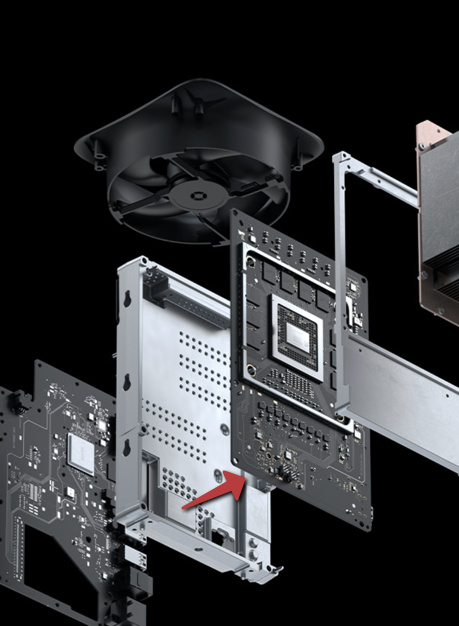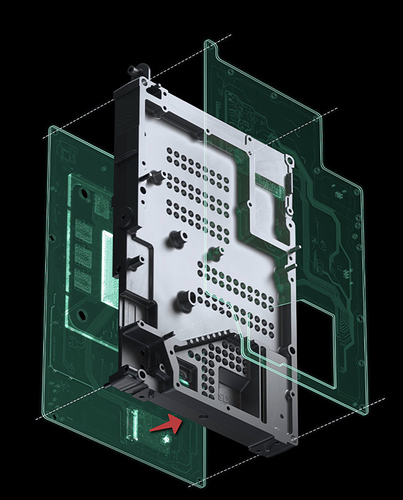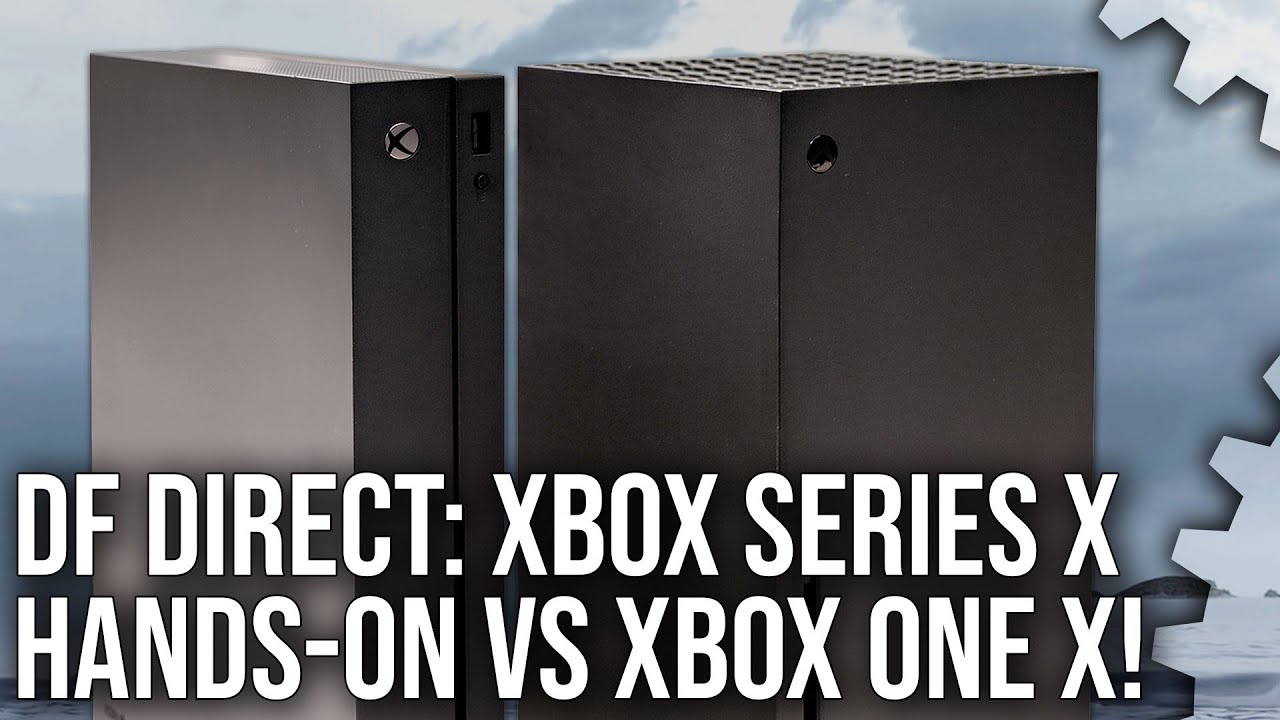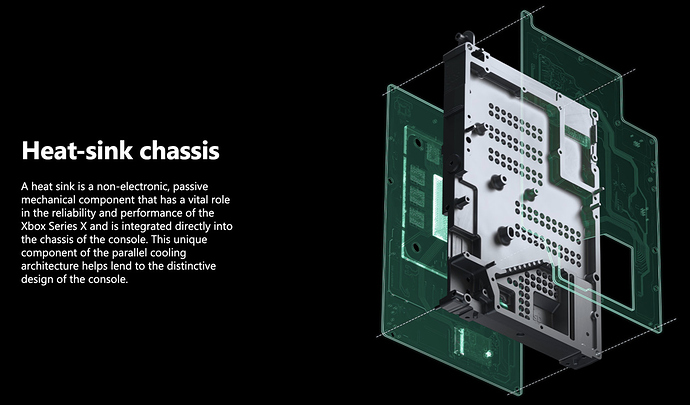The original xbox one had higher numbers in these areas compared to the PS4, It did not matter though.
Ignore those numbers. Already debunked by a (real) dev on another forum.
Figured as much. Some of the numbers don’t match up but I have limited knowledge in these matters.
Followed the discussion about SSD performance between you @KageMaru and others.
As with every other silicon performance degrades with increase of temperature. That is the nature of physics involved there.
So for the PS5 it will be interesting to see how good the SSD in the PS5 is actually cooled. We know from the XSX that there is a mix of active and passive cooling for the SSD internally and passive cooling for the external SSD (based what I see on official pictures).
Could be very well the case that the numbers given by Sony Marketing are just very theoretical just like some other numbers they put out.
So the PS5 is more powerful then the seriesX?
But its Sony now so it must matter now ![]()
Just based on linguistics and out-dated A+ knowledge, I’ve felt the consoles are using different metrics that everyone compares. “Theoretical maximum” from Sony and guaranteed minimum from Microsoft.
As examples Sony has not confirmed the base clocks coupled with DF reporting devs are already downclocking the CPU for max GPU. Conversely, I’ve heard Mr. Ronald and Mr. Stanard (sp?) from Microsoft say stable performance repeatedly. Mr. Stanard in a tweet months ago clarified the stable minimum performance of XVA but they have tested it higher yet not willing to put out theoretical numbers.
All numbers given in regards of TF are theoretical peak performances as you will never reach a state that all resources are at work. The difference between XSX and PS5 for next gen is that the XSX has a constant theoretical peak performance and the PS5 has one that changes based on power usage for the SOC. So the theoretical peak performance is all over the place. To say it in layman terms the PS5 has a theoretical theoretical peak performance while the XSX has a theoretical peak performance, one level less theoretical if you will. ![]()
Me neither, until they’ll show it
![]() Nice, theoretically.
Nice, theoretically. ![]() I was trying to leave out TF and look more at clocks, data transfer, etc. With my experience (and DF and others saying the same) I do not trust that Sony’s overclocking won’t fall victim to non-linear scaling (or faster silicone degredtion). Add in my distrust of their heat and acoustics management for PS3 and 4 and Sony is the last console maker I would trust with OC.
I was trying to leave out TF and look more at clocks, data transfer, etc. With my experience (and DF and others saying the same) I do not trust that Sony’s overclocking won’t fall victim to non-linear scaling (or faster silicone degredtion). Add in my distrust of their heat and acoustics management for PS3 and 4 and Sony is the last console maker I would trust with OC. ![]()
Still, if they manage it and year two assessments show stable quiet performance I may get one if thier BC or remake library lets me play a few PS3 (the PS4 remakes) and some PS4 games. However, by then a switch pro may be out (with Metroid??) and many games I’d like to play on PS4 would be there.
The clocks is the one variable attribute if the formula for TF. It automatically leads to that ![]()
I think XSX being locked in performance is much better than PS5’s approach of spiking the CPU clock. I can imagine the console revving up and becoming as loud as jet engine.
Again. 3 generations in a row. Going the Harley Davidson route of trying to patent noise? ![]()
![]()
Some functional units are proportional to the number of Shader Engine or Shader Array. If these numbers are same between the two consoles, then given PS5 has a higher clock, performance of these would be higher. Where the functional units are portion to the #WGPs, like 52 vs 36, then XSX would have better perf. Ray tracing perf will be better on XSX, also Texture fill rate. Does fill rate matter that much, hasn’t in the past.
To be honest it was rhetorical question, I just wanted to see what “Tom Warrior” would say. But thanks anyway.
PS5 is cooled by lots of space and airflow. Tis a hefty boy.
Both the internal and external should be cooled the same way, no? The external drive will still be housed by the metal clip inside the system and receive cooling by the air being pushed through the system.
The internal drive has contact to the metal structure inside + air cooling iirc. The external gets some cooling from the airflow.

There’s a metal structure for the external too, no? See the metal casing the are plugging the external drive in the video below.


